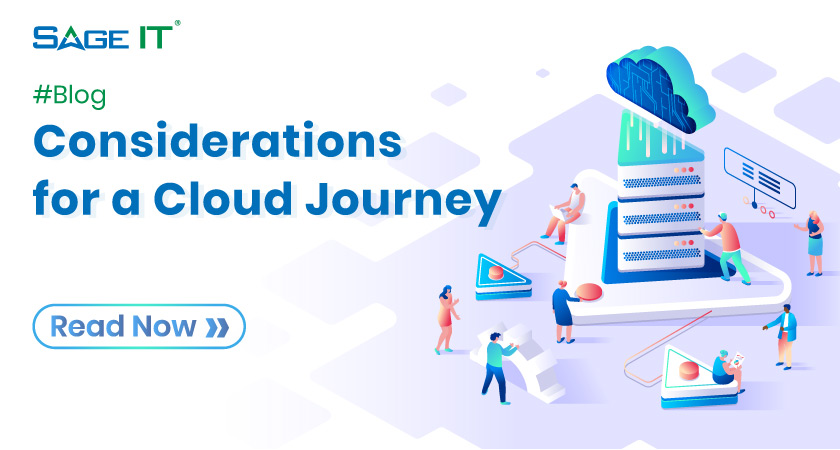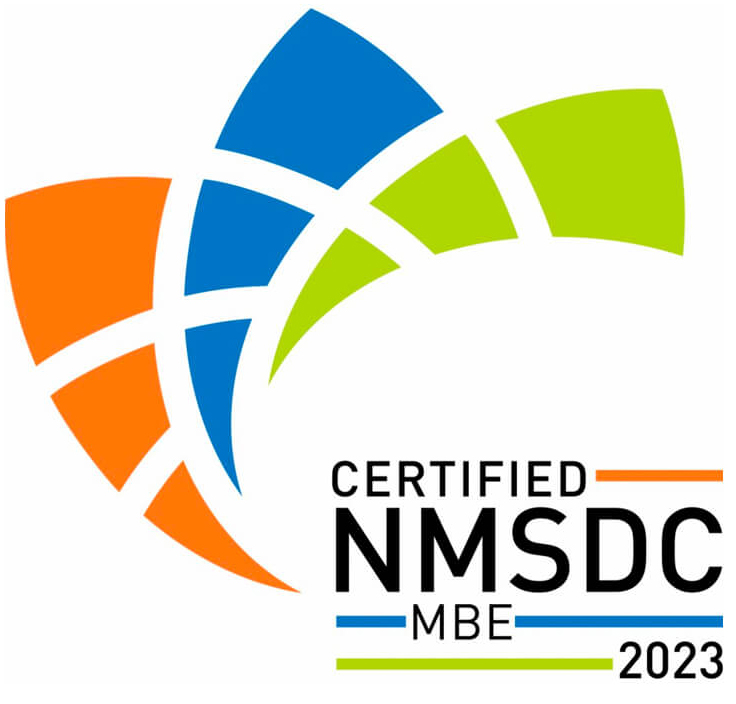
Cloud computing offers almost innumerable benefits, and realizing so, many organizations are considering moving some or all of their digital corporate presence to the cloud. However, transitioning from an on-prem configuration to the cloud isn’t an easy process, nor should it be undertaken without a developed roadmap. That strategy involves understanding how the old configuration manages workloads and how the new arrangement will replicate or improve those activities. Not every asset has to move, either, and knowing which to shift and which to leave on-site requires a nuanced appreciation of the relative value of each one.
We have a long history of cloud advisory, strategy and development best practices that can help an entity of any size develop and execute its cloud migration strategy.
Design A Migration Strategy To Reap Cloud Benefits
Cloud benefits span an entire organization by smoothing the functioning of fundamental operations while facilitating new growth. These two outcomes should be the key components of your cloud migration strategy. To achieve them, you’ll also need to consider incremental elements:
Prioritize Security
Today’s complex computing universe is loaded with hidden threats to your enterprise, and damages for losses those can cause can be prohibitively expensive. Your new digital security policies need to avoid, detect or recover from a variety of digital security failures:
- Keeping data and apps safe from hackers — internal and external — protects both your market share and customer bases.
- Compliance procedures must maintain your regulations adherence while also monitoring and reporting how you are achieving those standards.
- All these contingencies must integrate across the network’s security strategy to provide the comprehensive oversight you need.
Maximize Access To And Use Of Your Data
The goal is to maximize your data while minimizing your exposure to risks. However, today’s organizational data stores include your proprietary data center and also all related remote machines, devices, servers and apps. Research suggests your data stores will continue to grow.
The cloud is uniquely designed to manage your data — regardless of its source — and make it available for all your organizational needs. Depending on your corporate specifications, the cloud can structure and control access to and delivery of your data through dedicated content delivery networks of distributed servers, to a local cache server or service, or even distribute duplicate copies through geo-replication. Your challenge is to strategically design how your users will generate, access and use your company information.
Optimize Your Architecture
Cloud architecture is different from on-prem, server-based computer architecture, so your apps and functions will need reconfiguring to meet those new cloud standards. In some cases, cloud technology can mirror on-prem structures, and many monolithic legacy programs can remain consistently monolithic in the cloud (or remain safely on-prem; that’s an option, too).
However, the cloud’s highest value is that it reconfigures your system into a more productive, faster and better-integrated version of itself. When “modernized” into microservices in the cloud, many functions vastly outperform their legacy foundations. You’ll need to know how your legacy programming can transfer (if at all) into a cloud instance and base your migration strategy on what will move and how it will look after the migration is complete.
Optimize Your Resource Utilization
The cloud offers you the opportunity to rethink your corporation’s organization by determining its optimal functioning and then designing its cloud iteration to facilitate that standard. Built into its systems are the controls over accountabilities, functions and capabilities that ensure appropriate access and governance. It also facilitates security policies and alerts and provides fluid scale and provisioning opportunities to contour your ultimate organizational vision over time. Design your cloud migration strategy to maximize the utility and value of each option as needed.
Streamline Corporate Expenses
Perhaps the cloud’s biggest draw is its low cost relative to duplicating the resource in an on-prem setting. Your costs will come down because cloud services are designed to achieve that purpose:
- Cloud users don’t own or maintain the physical and digital assets they need to function, so they make no expensive capital investments.
- The cloud services provider also manages the maintenance that keeps systems working.
- Buying — not building — your functions eliminates waste when assets aren’t in use. Paying only for services consumed, and not the underlying machinery, saves money.
Executing Your Migration Strategy
The next step, then, on your migration journey is to execute your strategy. Most experts recommend accessing the experience and know-how of a team of cloud migration professionals.
Optimizing that cloud migration team also starts with a strategy:
Step 1: Clarify Needed Roles
Your migration team should have all the talents, skills and expertise required to fully shift your corporate presence to the cloud. Your experts should have:
- An in-depth cross-platform knowledge of both your existing on-prem and future cloud resources.
- An understanding of API management and data integration optimization.
- Cloud architecture specialties to ensure your cloud configuration optimizes your entire organization.
- DevOps experience to manage transitioning from on-prem to cloud-based computing.
- Performance oversight skills to measure cloud values against legacy programming.
- Cost analytics abilities to know which cloud asset investments make the most sense for your corporate needs.
Step 2: Plan Ahead
The migration will disrupt operations and apps as you transition to your new cloud operations. Planning ahead will minimize any damages or delays.
Step 3: Integrate Security At Every Step
Cloud resources often support many users simultaneously. That fact should guide all decisions to reduce risks to your data and systems.
Step 4: Train, Train, Train
Your staff needs training to adjust to the company’s new way of doing business.
Shifting your processes to the cloud won’t be easy, but the values gained by migrating to cloud computing are too great to ignore.









